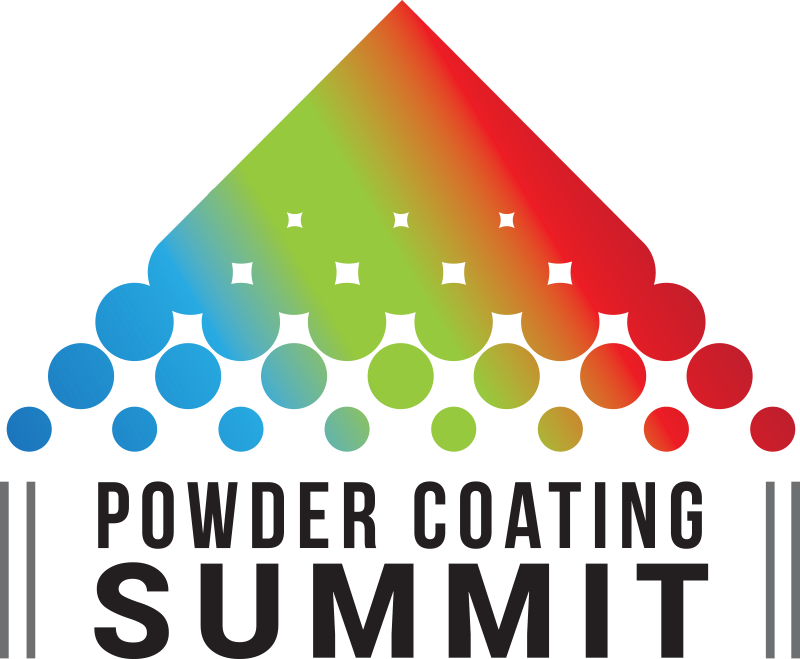Nanotechnology in Coatings
Driving Sustainable Innovation
Challenges and Opportunities in the Coatings Industry
March 5, 2025
Escaping the PFAS Ban
Antimony-Doped Tin Oxide-Based Antistatic Coatings vs. PEDOT and Fluorinated Anion-Based Antistatic Additives
Read More
Demand for Lagoon Projects Surges
Vital Role of Aliphatic Polyurea-Based Protective Linings
Read More
Keep the info flowing with our eNewsletters!
Get the latest industry updates tailored your way.
JOIN TODAY!Copyright ©2025. All Rights Reserved BNP Media.
Design, CMS, Hosting & Web Development :: ePublishing











